Te Tiriti o Waitangi
This entry recommends websites and collections to find information about He Whakaputanga o te Rangatiratanga o Nu Tireni | The Declaration of Independence and the Treaty of Waitangi | Te Tiriti o Waitangi, their significance, and the signatories.
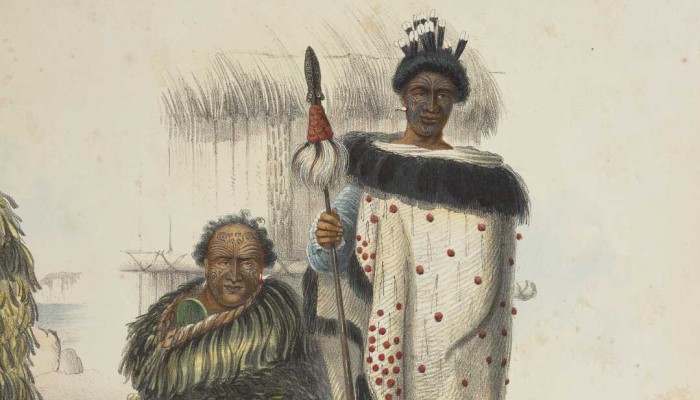
Image: Te Kawau and his nephew Tamahiki, or Te Rewiti by John West Giles. Collection: Alexander Turnbull Library, Ref: PUBL-0014-56-2.
Keywords
Here is a list of some keywords to help you find information on the history behind the signing of He Whakaputanga o te Rangatiratanga o Nu Tireni | The Declaration of Independence and Te Tiriti o Waitangi | The Treaty of Waitangi. Use this list when searching the collections and websites in this entry.
Apihai Te Kawau: Ngāti Whātua rangatira (chief) who signed the Manukau-Kāwhia sheet at Manukau.
Henry Williams: Head of the Church Missionary Society New Zealand in 1823. Translated the Treaty into te reo Māori and helped explain it to rangatira.
James Busby: British Resident from 1833. Helped rangatira sign the Declaration of Independence and helped draft the Treaty of Waitangi.
Ihikiera Te Tinana: Ngāti Whātua rangatira who signed the Manuka-Kāwhia sheet at Manukau.
James Hamlin: Reverend with the Church Missionary Society. Collected signatures for the Treaty in Auckland.
Missionaries: People from religious organisations eg the Anglican Church Missionary Society (CMS), the Wesleyan Missionary Society (Methodists) and the Roman Catholic mission. Set up missions to spread Christianity in New Zealand.
The New Zealand Company: Started by Edward Gibbon Wakefield. A British company that encouraged people to come and settle in New Zealand.
Rēweti Tamahiki: Ngāti Whātua rangatira who signed the Manukau-Kāwhia sheet at Manukau.
Te Tiriti o Waitangi | The Treaty of Waitangi: Signed in 1840 between Māori chiefs and the British Crown.
He Whakaputanga o te Rangatiratanga o Nu Tireni | The Declaration of Independence: Drafted by James Busby in 1835. Signed by Māori chiefs to declare themselves rulers of Aotearoa.
William Cornwallis Symonds: Collected signatures for the Treaty in Auckland.
William Hobson: New Zealand's first Governor General. Helped draft the Treaty of Waitangi.
Tips: Before searching it can be useful to come up with a list of words to use. These are sometimes called keywords or search words. They can be the name of a person, place, or event you are researching. You can leave out small words like ‘the’ and ‘of’ and just choose the main ones, eg 'Te Tititi o Waitangi'. We can always change our keywords or add more if we need to.
Tips: Also keep in mind that there are different names or spellings for words. Or they could have changed over time.
Auckland resources
Here are some collections from Auckland Libraries and other reliable Auckland based museums and heritage websites. They will help you find books and information on He Whakaputanga o te Rangatiratanga o Nu Tireni | The Declaration of Independence and Te Tiriti o Waitangi | The Treaty of Waitangi.
Auckland Libraries Catalogue
This catalogue from Auckland Libraries will help find books on Aotearoa New Zealand and Auckland's histories.
Search the catalogue using keywords like 'Te Tiriti o Waitangi' and 'The Treaty of Waitangi'.
You can get fewer results by using the Refine by.
Go down the page to Edition information to check if the book can be borrowed or if it’s for In library use only.
Look further down the page to Related Resources to find other titles related to this search.
If you have an Auckland Libraries library card you can request the item to be sent to you at your local library.
Tips: If the status of the book is 'In library use only', it means the book can only be used in the library and can't be taken home. In this case, you will need to fill out a form or speak to a librarian about reading the book in the library.
Tips: You will find lots of books that have been written over 50 years ago. While they are good sources of information, we need to remember the context and time when they were written.
Kura — Photographs
Browse photographs, illustrations and works of art from the 1800s to the present day.
In the search bar enter 'Apihai Te Kawau'.
Select the image Kawau of Ōrākei. This drawing by J S Allan is of the Ngāti Whātua chief who signed the Treaty sheet at Manukau.
Use 'Treaty of Waitangi' as a search word to see other related images.
Tips: Always remember to check the copyright or usage rights of images. This will tell you if you need permission to use the image, and how to attribute the image.
Heritage et AL
The Heritage et AL blog is written by librarians and is a useful way to find information about Auckland Libraries heritage collections.
Use the keywords 'Treaty of Waitangi' in the search bar.
Select the post Signing the Treaty of Waitangi in the Auckland area.
The blog Te Wiki o Te Reo Māori: Pūtahitanga exhibition has information on the relationship between Māori and the early missionaries.
Tips: Blogs can be good for looking at how things have continued or changed over time. Remember, stories can be told in different ways so it’s helpful to look at multiple information sources to find different perspectives.
Kura — Local History
This is a collection of local history essays, including Dalmatian Genealogical & Historical Society resources.
The search words 'Treaty of Waitangi' will lead you to the article Signing the Treaty in Manukau in 1840.
The article mentions the names of Māori rangatira who signed Te Tiriti with missionaries present.
Tips: Make sure to read the 'Usage Rights' or check with Auckland Libraries for the use of these items as copyright rules may apply.
Auckland Libraries - YouTube
The Auckland Libraries YouTube channel has many videos about Auckland’s heritage, recordings of library events, conversations with authors, talks, stories, activities, music and more. Some of the talks are delivered by historians on their specialist subjects.
Use the search bar under the title Auckland Libraries to enter the keywords 'Te Tiriti'.
Select the video with the title The signing of Te Tiriti o Waitangi in Tamaki Makaurau.
Tips: You will find a huge selection of videos on YouTube. We recommend you view videos from reliable sources like National Geographic, History Channel, BBC etc. These are official channels from organisations.
Tāmaki Paenga Hira | Auckland War Memorial Museum
This is one of New Zealand's significant heritage libraries. It has pictorial and art, Māori and Pacific, natural, social, and history collections. It is a great place to visit and check out exhibitions and galleries about topics involving Aotearoa New Zealand's histories.
Use the tab called Discover to select Stories and then Blogs.
Browse through the blogs to find The Treaty's travels through Auckland.
The blog has lots of images of where the Treaty was signed in the Manukau Harbour and Waitematā Harbour in Auckland.
You can also use the search box to enter the words 'Declaration of Independence'.
Then select Stories from the tabs that come up.
Find Timeline to read about some of the key events around the Treaty of Waitangi.
Tips: Museums preserve and exhibit important cultural, artistic, historical or scientific artefacts. Some store personal collections. A lot of them have online collections and articles based on these collections.
Remuera Heritage
The Remuera Heritage was established in 2007 to recognise, protect, and preserve Remuera's natural and cultural heritage.
Go to the tab called Stories.
Enter the keywords 'Te Kawau' to find the Early History of Remuera.
The article explains how the area became Crown land.
Tips: Local heritage sites are a great way of learning about the local history and culture of a particular area as they have stories that connect the past with the present.
General New Zealand resources
The websites below belong to government agencies, national museums, archives, libraries, and other reliable sources. They will help you find information on He Whakaputanga o te Rangatiratanga o Nu Tireni | The Declaration of Independence and Te Tiriti o Waitangi | The Treaty of Waitangi.
NZ History
NZ History is a great website for information about Aotearoa New Zealand. If we go all the way down the page we can see that the website belongs to the Ministry for Culture & Heritage, so the information is well-researched and reliable.
Look down the page for Culture and Society, then select the section on Pre-1840 contact.
Read about the intentions of the early explorers, the relationship between Māori and the early settlers, and the role of missionaries at that time.
Then look for Politics and Government to select Treaty of Waitangi.
Learn about French interests in Aotearoa and other reasons that led to the signing of Te Tiriti.
Use the link to Treaty Signatories and signing locations to find The Manukau-Kāwhia Sheet and The Waikato-Manukau Sheet.
Tips: We like sites like this because they’re reliable. You can tell because of their web address – they have either .govt or .ac, meaning they are from government or educational organisations. They’re also New Zealand sites, so relevant for us.
Te Ara: The Encyclopedia of New Zealand
Te Ara is another great place that has information on the history of people, places and events in Aotearoa. The website belongs to the Ministry for Culture & Heritage, so the information is well-researched and reliable.
Go to Topics and choose History.
From the list, choose History again.
Read Europeans to 1840 and British sovereignty and settlement to get an idea of what happened in Aotearoa before Te Tiriti was signed.
Next, from Topics, choose Treaty of Waitangi.
You will find stories about He Whakaputanga — Declaration of Independence and Te Tiriti o Waitangi – the Treaty of Waitangi.
Both stories cover the factors leading up to the signing of the documents.
Tips: Both Te Ara and NZ History have a section each on biographies. You can search the biography section or use the search bar to enter the name of the person you need information about.
Museum of New Zealand | Te Papa Tongarewa
New Zealand's national museum located in Wellington has an online collection of images and articles on various topics such as dinosaurs, art, zoology, history, Māori and Pacific cultures and war.
Use the tab Discover the collections to select Read, watch, play.
Look down the page to find The Treaty of Waitangi, then go to Māori and the British.
Read the articles Māori and Pākehā early contact: Business and missionaries, Missionary impact and Political relationships.
These stories are about the relationships between Māori and the British and the signing of Te Tiriti in 1840.
Waitangi Tribunal | Te Rōpu Whakamana i Tititi o Waitangi
The Waitangi Tribunal was set up in 1975 as a commission of inquiry into Māori claims of breaches of the Te Tiriti o Waitangi and to make settlement recommendations to the Crown.
Go down the page to find Publications & Resources, then go to School resources to find Orakei.
Here you will find the article The Founding of Auckland.
This resource kit has details on the importance of tribal land to Māori, the land claim of Ngāti Whātua Ōrākei, and the occupation of Bastion Point.
Tips: Government websites are valuable and trustworthy. The websites are a good place for people to find out about past, current and future government plans and the role of the government to support them. It’s also a way of informing communities about services and updates.
Te Arawhiti | The Office for Māori Crown Relations
This government website has information about Treaty of Waitangi settlements.
Select Te Kāhui Whakatau (Treaty Settlements).
Then choose Find a Treaty settlement.
Look down the page to find the Deeds of Settlement for the iwi you're looking for.
The summary documents are good to start with and have an overview and historical background.
Archives New Zealand
Archives New Zealand preserves and protects official records, documents and data and makes them available to the people of Aotearoa.
Select Discover our stories from the top of the page.
Explore Te Tiriti o Waitangi and He Whakaputanga o te Rangatiratanga o Nu Tireni.
Look under The Treaty of Waitangi and how it happened to find out Why the British government wanted a treaty.
Explore both sections to read about the external and internal causes that lead to the signing of both documents.
NZ On Screen
NZ On Screen is a collection of television, film, music videos and web series from the past to today. It is managed by the Digital Media Trust and funded by New Zealand On Air.
Use the tab called Collections to find The Waitangi Collection.
This collection of documentaries and series has lots of information on Te Tiriti o Waitangi | The Treaty of Waitangi.
Aotearoa History Show
This video podcast from Radio New Zealand tells the story of Aotearoa New Zealand from when the land was formed to today.
Look through the Season 1 episodes for 3: Early Encounters and 4: Te Tiriti o Waitangi.
You can either listen to the podcast or watch it as a video.
The episodes touch on the role of the missionaries, European interests in New Zealand, the New Zealand Company and the British Colonial Office.
Tips: Websites that have .com or .co in the address can have good information, but you need to assess how reliable it is. Check the About us link on the website, if you can find one. That can tell you what the company’s mission and values are.
Treaty of Waitangi Collection (BWB)
The Treaty of Waitangi Collection is a part of EPIC, a collection of reliable databases covering lots of different topics. This collection comes from Bridget Williams Books (BWB), a New Zealand publisher.
Browse the list of titles.
Choose a book like An Illustrated History of the Treaty of Waitangi or What Happened at Waitangi?
Select Read now to read it online.
Tips: To get to the EPIC resources you will need a password from your school librarian first. Or you can chat with one of our AnyQuestions librarians between 1 and 6 pm Monday to Friday and they will help you online. Some EPIC databases may also be available through your public library.
Books
You can also visit your local public library for books on Auckland and Aotearoa New Zealand histories. Listed below are a few titles to help you with your search for books on this topic:
The Treaty of Waitangi by Toby Morris and Ross Calman
The Story of a Treaty by Claudia Orange
Waitangi Day: the New Zealand Story: what it is and why it matters by Philippa Werry
SCIS no: 5496709
More about Auckland
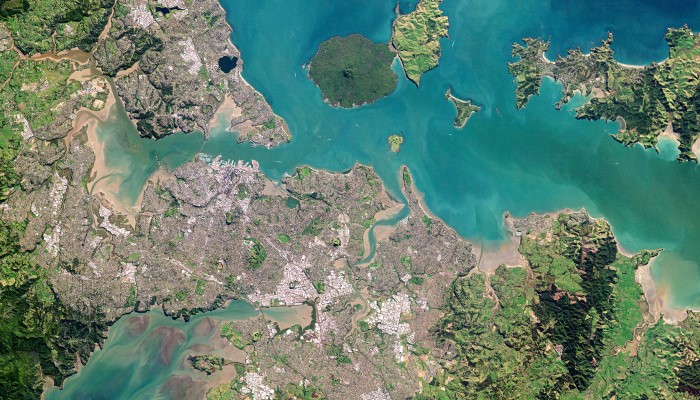
Local iwi
There are many iwi with ancestral relationships to Tāmaki Makaurau. This page lists iwi and websites which have information about their histories.
Learn about local iwi
Changing views on conflict
This entry recommends resources to find out how New Zealand's involvement and views of conflict have changed over time, and how wars are commemorated. It also looks at New Zealand's work with the United Nations and current ideas of national identity.
Learn about changing views on conflict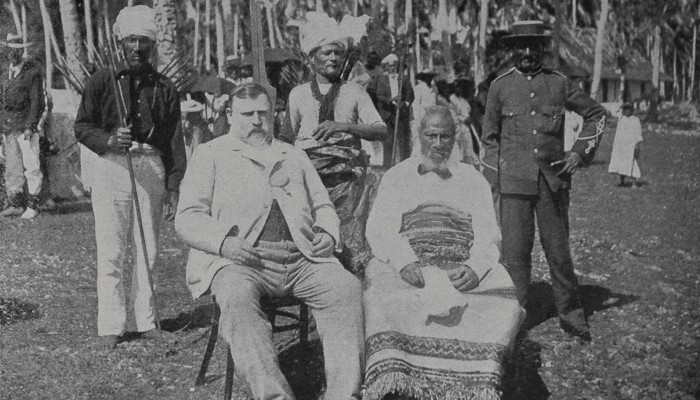
Colonial power in the Pacific
This entry has collections and websites to help explore the history of New Zealand's presence and colonial power in the Pacific. It has examples of the rise of independent Pacific nations and how they sustained their culture and presence in the Pacific.
Learn about colonial power in the Pacific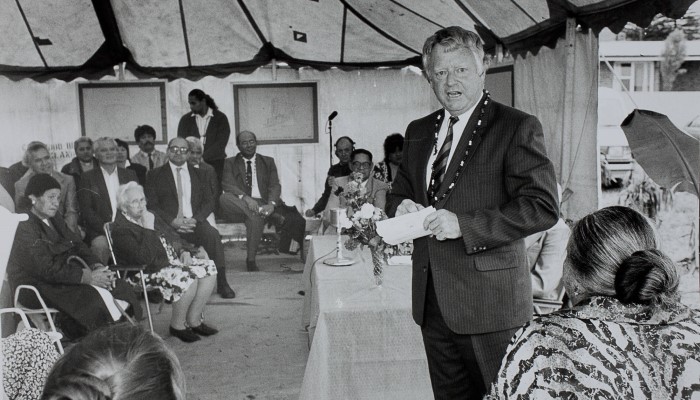
Decolonising the Pacific
This entry will help you find the best websites and collections to explore the decolonisation of the Pacific, including Aotearoa New Zealand's continued interests in the region.
Learn about decolonising the Pacific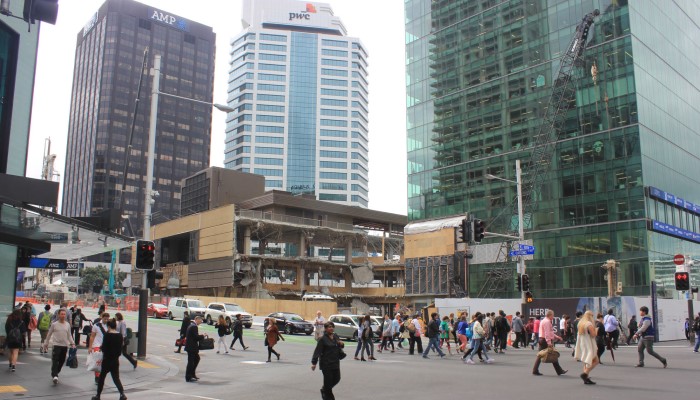
Economic independence and vulnerability
This entry will help you find information about the history behind Auckland's economic progress and independence, and the factors that impacted it.
Learn about economic independence and vulnerability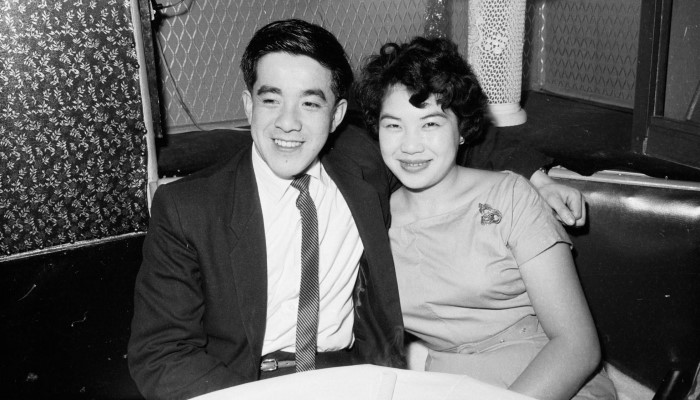
Finding a place in Aotearoa New Zealand
Since the 1700s, new people have immigrated to Aotearoa. Some came in search of a better way of life or because their country was no longer safe. Newcomers could experience racism and discrimination. They also helped shape New Zealand as a country.
Learn about finding a place in Aotearoa New Zealand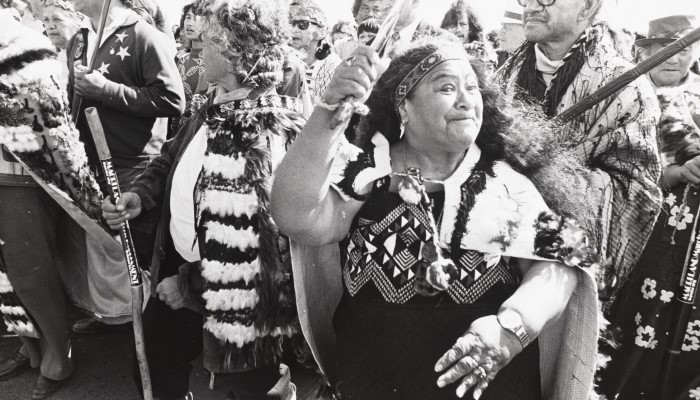
Mana in Māori society
This entry has websites to help you understand the different meanings of mana and its importance in political, social and traditional relationships in Māori society.
Learn about mana in Māori society
Māori economy: opportunities and challenges
This entry will help you find the best websites and databases that explore the history and development of the Māori economy including the challenges Māori faced from the New Zealand Wars, land sales and decisions made by the Native Land Court.
Learn about māori economy: opportunities and challenges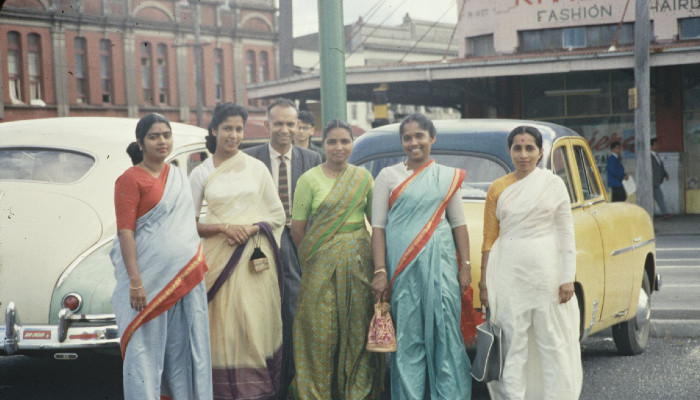
Peopling the colony: inclusion and exclusion
This entry recommends places to find information about the history of immigration to Tāmaki Makaurau and New Zealand. This includes immigration laws and changes, the role of Māori in immigration, and the government's attempt to set right past injustices.
Learn about peopling the colony: inclusion and exclusion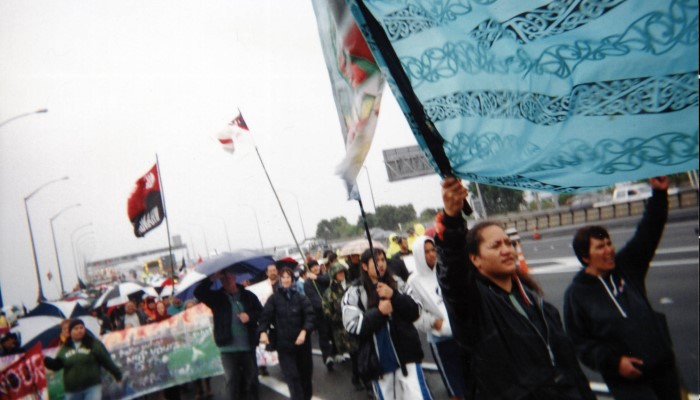
Sovereignty vs rangatiratanga: wars, laws and policies
This entry recommends websites where you can find information about the impacts of land laws on Māori, the New Zealand Wars, and attempts by Māori to find justice and build a relationship with the Crown.
Learn about sovereignty vs rangatiratanga: wars, laws and policies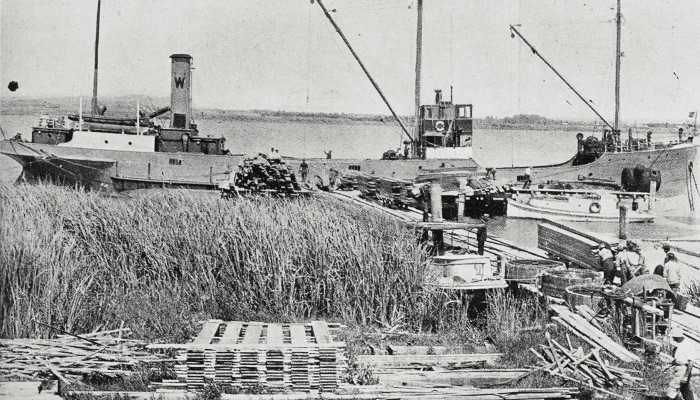
Technology and economic development
This entry will help you understand how advances in technology and land acquisition developed Auckland's economy but greatly impacted Māori and their economy.
Learn about technology and economic development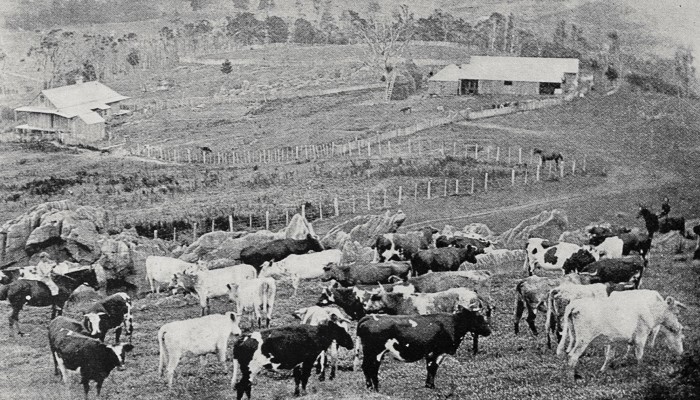
Transforming environments
This entry explores changes made by settlers to Aotearoa's natural environment, their naming of places and features, and efforts to conserve and restore its natural beauty.
Learn about transforming environments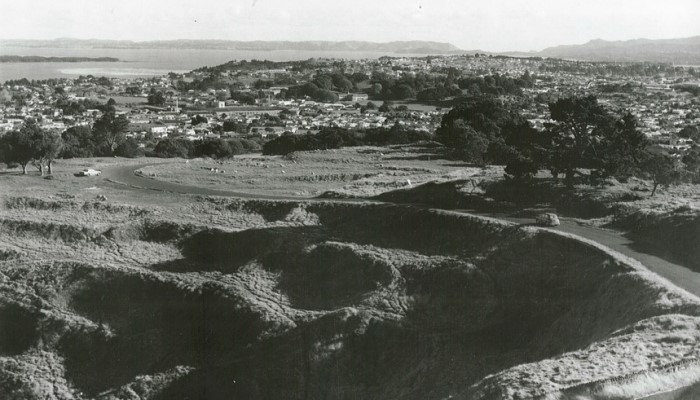
Transforming te taiao
This entry will help you find information on the changes made to the environment by pre-European Māori, and their care and connections to te taiao (the natural world).
Learn about transforming te taiao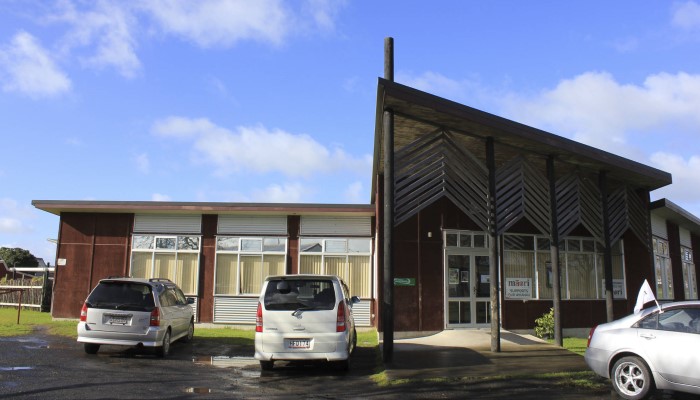
Urbanisation and being Māori
This entry will help you find information about Māori migration to cities, their challenges, and what this meant for their identity as Māori. You will also find information about some protests Māori were involved in to challenge political and social ideas.
Learn about urbanisation and being Māori
